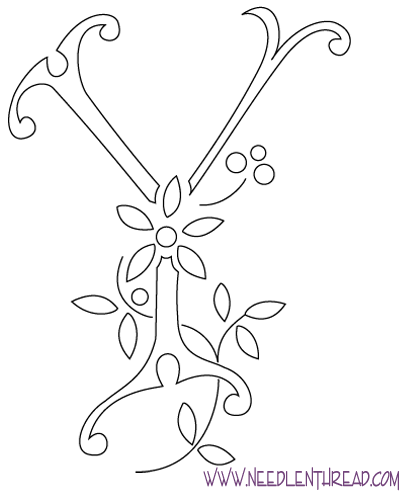In the two chapters for this week, Ulmer discusses the way emblems are supposed to be considered for the monument, as well as the way we might some new form of agency in the age of electracy. Ulmer also draws out the MEmorial for Bradley McGee, a two year old boy who was tortured and killed by his father for soiling his pants. Ulmer weaves the abjection of child abuse throughout these two chapters while continuing to expand on the method for creating a MEmorial, oftentimes quickly oscillating between the two. The effect, it seems, is purposeful: to draw us into the chorography by so quickly switching between these two distinct narratives.
The Emblem
In some ways the emblem is the same kind of logics Ulmer has been working with all though the book, except in this case the productive element is more imagistic than verbal or technological. The idea is to mix a motto, a picture, and an epigram in order to create/illuminate meanings that might not be captured through traditional narratives. This relationship, or this disruption, comes from semiological reasoning where words become connected to visual items, most famously a tree in the case of Saussure. The meanings of each of the parts need to correlate with the meanings held by an audience, so it seems like the emblem (for the moment?) is less about the ME and the punctum, and more about the production of new relationships and ideas between these items in order to translate the narrative forms of literal argument to the tangled meanings of an electrate creation.
Where this does connect back to the ME in the MEmorial is that to create an emblem it takes a step toward the testimonial, which is to say a step toward an electrate documentation of the disaster. Part of both the chapters move to Maurice Blanchot’s Writing the Disaster in order to talk about violence in the way we typically do, as people getting hurt or killed, and the violence that is inherent in language, which is to say the way defining words is an act of confinement (and even etymologically, death). This connection between writing and disasters brings an interesting point of contact between literacy and electracy as they function toward violence.
In an extension of writing metaphors, as well as the Brian McGee story, Ulmer draws out the connection between writing, excrement, and childhood. Fecal matter, in some ways, is deeply personal in that it comes from inside of us, plus it allows for us to enter into a relationship with our bodies where we are both putting intense pressure on our bodies and relieving ourselves—this can be seen as a pleasurable thing. All through the chapter, Ulmer highlights stories of children who were tortured for “soiling” themselves, and helps us make the inference between the abuse and the fecal matter. But the analogy doesn’t stop there. Ulmer also works through some of the ways that pooping and writing can exist as a similar process. With great difficulty and social pressure we push our writing excrement into the world, and then we take this deeply personal thing and push it as far as we can away from ourselves. This connection, and possibly the lesson that we’re supposed to learn from these connections between abuse, feces, and writing, is that we need to connect the abject emblem together through the concept of “formless value.” This is to say that we should not force the parts together because we want or need them to go together, but allow them to more naturally come together in order to create the emblem, or the memorial.
This chapter, for me, appears to further elaborate on the theme of what is “formless” but in order to talk about how we, as individuals, create a sense of agency, and less about how the bits exist together on their own. It is not our own agency that constructs the connections, then, but the image itself. In line with the idea of puncepts and conductive reasoning, Ulmer advocates for inventing via the crossover between the mood in our state of mind and the mood in our language. This brings Ulmer to talk about the letter Y at length, ultimately to intertwine the letter with the word “why.” This connection works to talk about the letter Y as a metaphor for the separation and re-tangling that happens when the concepts come back together. The project is to not aim for a “w/hole” that memorialized the abject in totality, nor is it to separate off the different parts of the abject into “branches.” Instead, we must turn to the tangle of meanings that work together.
Questions:
What is the difference between what is “spiritual” and what is “felt”?
How are we “letting the being be” if the MEmorial is always our application of the disaster to our selves?
If the writing process can be compared to the digestive process, how do online spaces work to remove the “poop”?
photos @:
http://www.needlenthread.com/Images/patterns/Monograms/monogram_1_y.gif
http://static.howstuffworks.com/gif/toilet-new.jpg


No comments:
Post a Comment